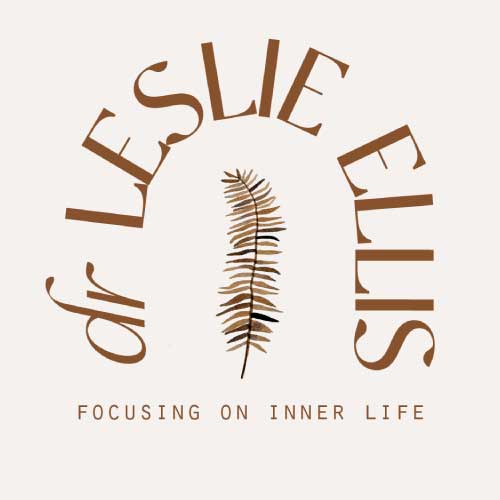New study shows altered nervous system activity for those with frequent nightmares
In a recent paper on nightmares and the autonomic nervous system (ANS), I described how polyvagal theory might inform clinicians seeking to understand and treat those with frequent nightmares (Ellis, 2022). A new paper, desceribed below, offers further evidence that nightmares are implicated in alterations in the ANS.
A free talk on how to apply polyvagal theory to nightmares
For those interested in applying these ideas in clinical practice, consider joining me for the upcoming free presentation Nightmares: How Polyvagal Theory Informs Treatment. I am a guest of Jan Winhall’s free felt-sense polyvagal approach to trauma group hosted by the Polyvagal Institute on April 21.
Recent research corroborates the nightmare-ANS link
Tomacsek and colleages (2023) studied a group of 24 frequent nightmare sufferers and 30 control participants, examining heart rate and heart rate variability (HRV) at various sleep stages and in response to emotion-inducing pictures. Increased heart rate and reduced HRV indicate nervous system dysregulation, and are increasingly used as measures in emotion and sleep research (specifically to measure parasympathetic dysregulation).
The researchers found a significant difference in the heart rate of nightmare sufferers versus controls but only during the sleep portion of the study “suggesting autonomic dysregulation, specifically during sleep in nightmares.” The researchers also found reduced HRV in the nightmare group during the picture-viewing task, which was intended to create a nightmare-like experience during waking.
Dysregulation across sleeping and waking in severe cases
The researchers concluded that the extent of dysregulation during both sleeping and waking may depend on the intensity of disturbed dreaming. The participants in the study were frequent nightmare sufferers, but on the less severe end of the spectrum, with non-traumatic nightmares and no symptoms of posttraumatic stress disorder. Still, they found “trait-like autonomic changes during sleep and state-like autonomic responses to emotion-invoking pictures” and concluded that this indicates parasympathetic dysregulation is present in those who suffer from frequent nightmares. They suggested that ANS dysregulation would likely be more consistent across sleep and waking states in more severe cases.
As evidence such is this continues to corroborate a link between ANS dysregulation and nightmares, it will ideally lead to treatment protocols that take this information into account. One of the main tenets that polyvagal theory has brought to trauma treatment in general is the notion that attention to a felt sense of safety and to creating conditions that regulate the nervous system is essential to trauma recovery. My paper offers an articulation of ways to extend this polyvagal-informed approach to trauma treatment. Ideally, specific methods of instilling safety and ANS regulation would be considered an integral part of the treatment of nightmares.
Ellis LA (2022) Solving the nightmare mystery: the autonomic nervous system as missing link in the aetiology and treatment of nightmares. Dreaming. https://doi.org/10.1037/drm0000224
Tomacsek, V., Blaskovich, B., Király, A. et al. Altered parasympathetic activity during sleep and emotionally arousing wakefulness in frequent nightmare recallers. Eur Arch Psychiatry Clin Neurosci (2023). https://doi.org/10.1007/s00406-023-01573-2

